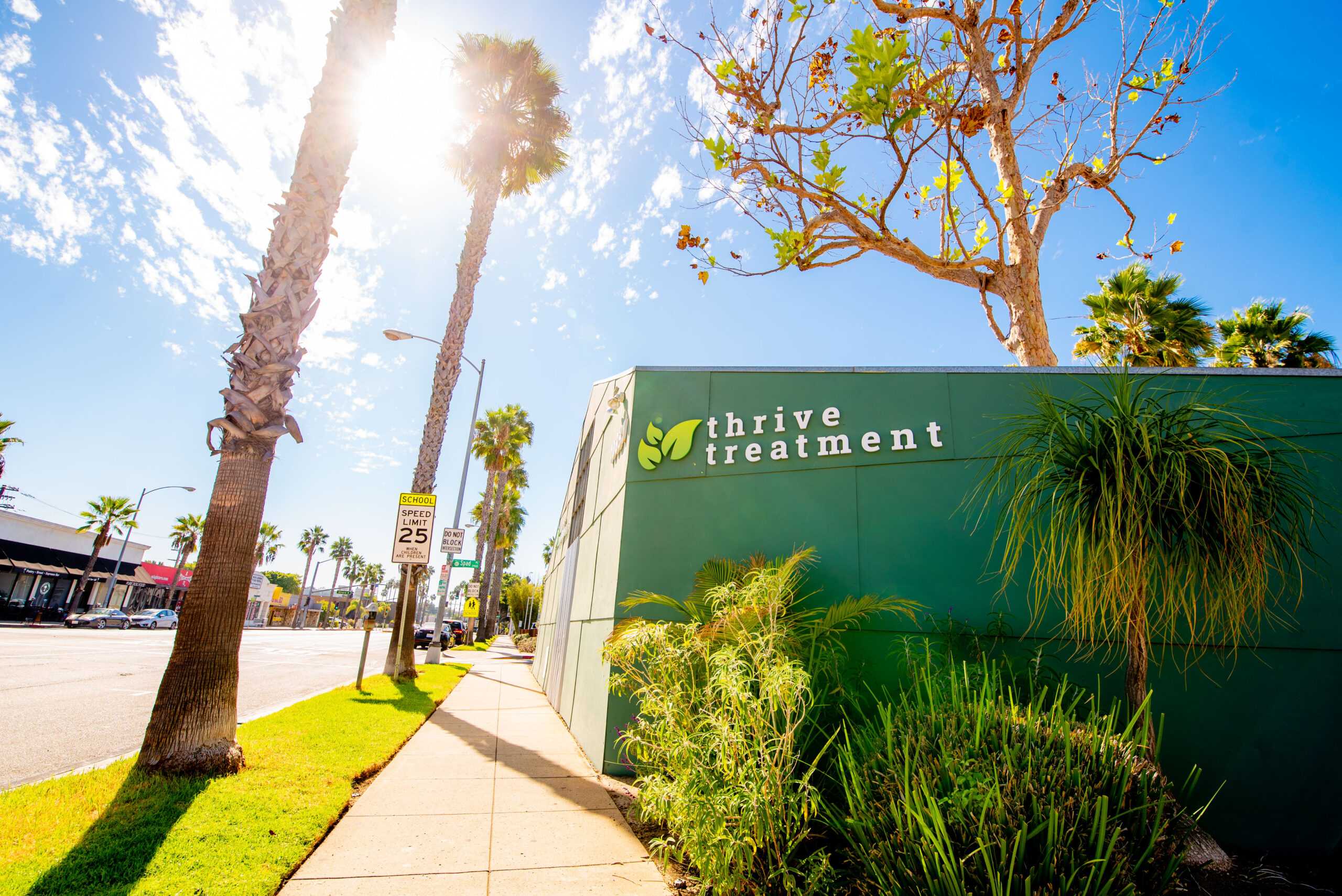Cocaine is a powerful and extremely addictive drug. Many users become addicted to cocaine after just one use. The powerful high, and boundless energy cocaine produces intense cravings, which push users to want more of the drug. When users try to curtail or stop using cocaine altogether, they experience withdrawal symptoms that are uncomfortable and even painful to endure. While these symptoms may not be particularly life-threatening, the intensity of withdrawal often leads users back to cocaine and into a vicious cycle of addiction.
This article will highlight the symptoms of cocaine withdrawal as well as a general withdrawal timeline. Cocaine withdrawal needs to be addressed through professional treatment in a safe and secure facility. Thrive Treatment is one of Southern California’s top-tier treatment facilities. Our experienced and compassionate treatment staff utilizes evidence-based programs and services personalized to your specific needs. Thrive Treatment is a Los Angeles drug rehab center that can help you overcome addiction. Contact us today to learn more about our alcohol addiction treatment program in LA.
Why is Cocaine Withdrawal So Intense?
No matter the substance, users will experience some level of withdrawal symptoms. However, cocaine users experience withdrawal symptoms that are more intense and harrowing than other drugs. The main reason this is the case is the fact that when cocaine is used, it releases enormous amounts of dopamine in the brain. Dopamine is the brain’s natural “feel good” chemical that creates feelings of well-being.
The large amounts of dopamine released from cocaine create extremely high energy levels and provide a huge euphoric rush to users. As powerful a drug as cocaine is, it is an extremely short half-life, and the “high” is short-lived. When the effects of cocaine diminish, users feel a “crash” and become lethargic and depressed. To feel good again, users will take another hit of cocaine. Since the effects of cocaine are short-lived, users tend to binge cocaine to feel good.
If users are looking to curtail their use or stop altogether, the brain goes into complete chaos. Since the drug itself took over dopamine production, the brain is not able to resupply itself with dopamine. As a result, the withdrawal symptoms that occur are felt more intensely.
What Are the Symptoms of Cocaine Withdrawal
The symptoms of cocaine withdrawal occur within a few hours of the last dose. The severity of cocaine detox symptoms is dependent on a few factors, including the length of time cocaine is used, the amount used, the presence of other drugs in one’s system, and the presence of any co-occurring mental illnesses. In general, the first symptoms of cocaine withdrawal include fatigue and hunger, which can start an hour and a half to 3 hours after the last dose. Other early symptoms of cocaine withdrawal experienced within the first three days of withdrawal include confusion, disorientation, restlessness, and sleep deprivation.
From days 4 to 7, users can experience intense depression, irritability, and cravings for the drug. When the user enters the second week of withdrawal, they can experience increased agitation and experience vividly “using dreams.” As the user progresses in early recovery, their withdrawal symptoms become more psychologically based, including anger, depression, unpredictable mood swings, and continued sleep disturbances. These later symptoms can be categorized under a phenomenon called post-acute withdrawal syndrome (PAWS), which can last 3-6 months or even longer.
Cocaine withdrawal should not be attempted without medical intervention. While these symptoms are necessarily life-threatening, they have the potential to become more serious if users have underlying medical issues or are abusing other substances. Self-designed methods of going “cold turkey” do not address the underlying causes of cocaine addiction. When users seek professional help through drug rehab, they will receive the tools and support needed to address and overcome their addiction.
Break the Vicious Cycle of Cocaine Addiction Today
Cocaine is a drug that users become easily hooked and difficult to break free. If cocaine addiction is impacting your life, professional drug treatment will help you break the vicious cycle of addiction once and for all. Thrive Treatment is renowned for offering evidence-based and time-tested treatment programs that are effective and personalized to meet each client’s needs. The time to break free from cocaine addiction is right now! Thrive Treatment is a Los Angeles drug rehab center that can help you overcome addiction. Contact us today to learn more about our alcohol addiction treatment program in LA.





